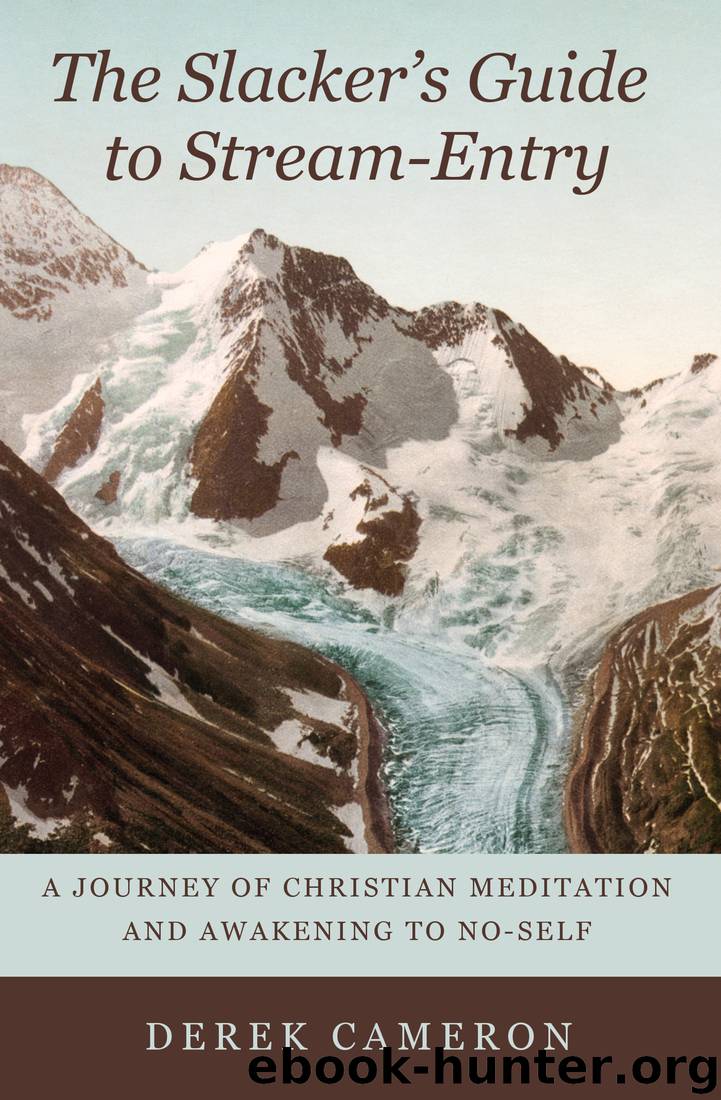The Slacker's Guide to Stream-Entry by Derek Cameron

Author:Derek Cameron [Cameron, Derek]
Format: epub
Published: 0101-01-01T00:00:00+00:00
9. A New Springtime
The contemplative tradition of Teresa of Avila and John of the Cross came to be seen as exhaustive and definitive. This situation might have remained unchanged for several more centuries, had it not been for one thing: the growing encounters between Christianity and the spirituality of south and east Asia. These gave Christians the opportunity to view their own heritage from a new perspective.
After the fall of the Roman Empire, there was a period of a thousand years when contacts between Europe and Asia were few. Beginning with the trade empires and missionary activities of early modern times, contacts gradually increased.
The first linguistic and cultural discoveries were the work of scholars. In the eighteenth century, Sir William Jones studied Sanskrit sufficiently deeply to see that Indic and European languages were related. In the nineteenth century, notable translators included Friedrich Max Mueller for Sanskrit, and Thomas William Rhys Davids for Pali. Finally, in the twentieth century, easier travel and communications lead to a much larger popular awareness of Indian and Far Eastern culture. After exploring these Eastern traditions, Christians were to rediscover their own.
In the early 1970s, Fr. Thomas Keating noticed that young people in their twenties were being drawn to Eastern spirituality. What disturbed Fr. Keating the most was that he had devoted his whole life to the Christian tradition. Could Christianity not be conveyed to young people in a way that would appeal to them?
About this time, his colleague Fr. William Meninger discovered the Cloud of Unknowing. Despite the fact that the author may have been a Cistercian, neither Trappist had read it. On the basis of the book, Meninger then “put together a method he called the ‘Prayer of the Cloud’.” When Fr. Basil Pennington presented this teaching program to a group at a “large retreat house in Connecticut,” someone in the audience, who was familiar with the works of Thomas Merton, noted that Merton had sometimes described prayer as a movement “into the center.” On this basis, the Prayer of the Cloud came to be known as “centering” prayer.
Fr. Keating was invited to give a talk on prayer to a local parish. To his surprise, dozens and dozens of people showed up. Some of the early participants in his prayer classes formed a body called Contemplative Outreach to coordinate the growing interest. In 1986, Keating published a widely read book, Open Mind, Open Heart. This attracted even more interest.
The essence of centering prayer is, as in the Cloud of Unknowing, the use of a single word to express the intent to surrender to God’s grace. This is seen as an alternative to discursive meditation as a preparation for contemplation.
Once it was understood that he was not teaching a sort of “instant infused contemplation,” a question arose among those familiar with the history contemplative prayer. Where was the preliminary discursive meditation, generally held to be a necessary prerequisite? To this, Keating replied that a certain familiarity with the truths of the faith, and with the meditation on lectio (reading), was already assumed.
Download
This site does not store any files on its server. We only index and link to content provided by other sites. Please contact the content providers to delete copyright contents if any and email us, we'll remove relevant links or contents immediately.
Fangirl by Rainbow Rowell(7840)
How to Bang a Billionaire by Alexis Hall(7415)
Wonder by R. J. Palacio(7067)
The Space Between by Michelle L. Teichman(6093)
The Thirst by Nesbo Jo(5791)
Assassin’s Fate by Robin Hobb(5249)
Wiseguy by Nicholas Pileggi(4597)
The Kite Runner by Khaled Hosseini(4463)
The Night Circus by Erin Morgenstern(4430)
Bittersweet (True North #1) by Sarina Bowen(4338)
Paper Towns by Green John(4174)
Gerald's Game by Stephen King(3924)
Too Much and Not the Mood by Durga Chew-Bose(3697)
Pillow Thoughts by Courtney Peppernell(3407)
Twelve Days of Christmas by Debbie Macomber(3025)
Goodbye Paradise(2971)
Good by S. Walden(2919)
The Rosie Effect by Graeme Simsion(2714)
After We Fell by Anna Todd(2659)
